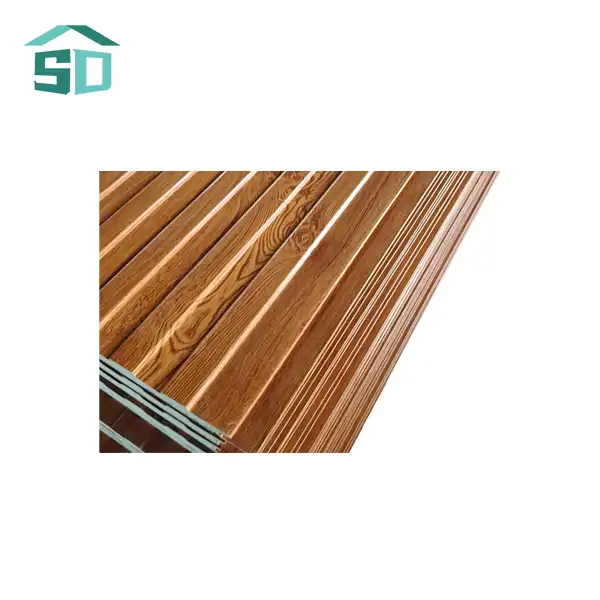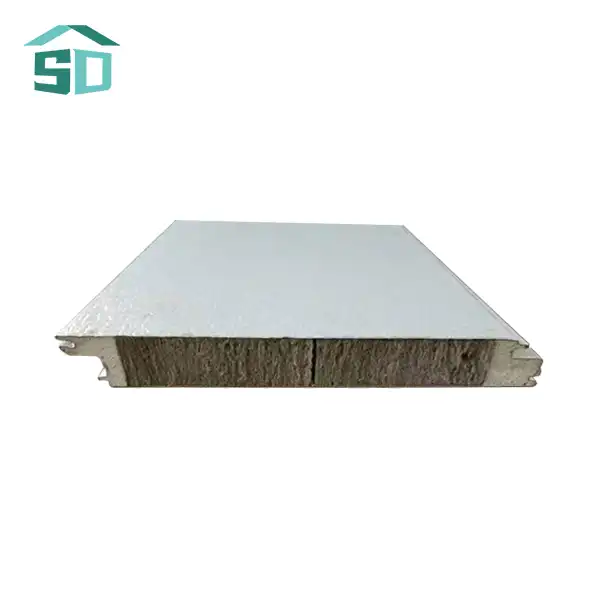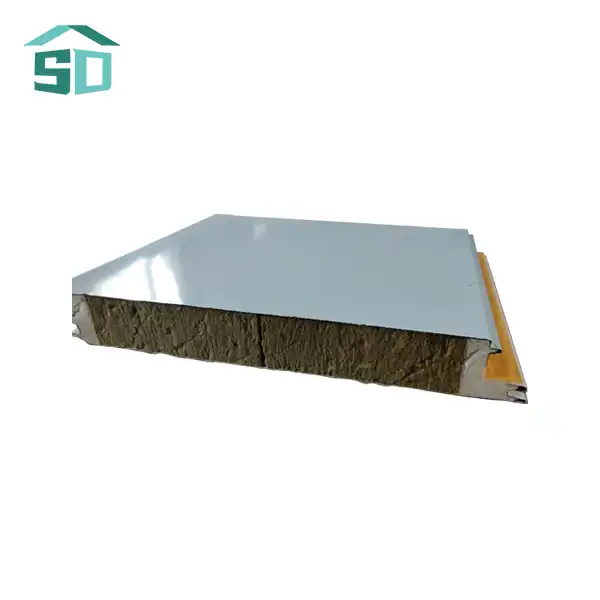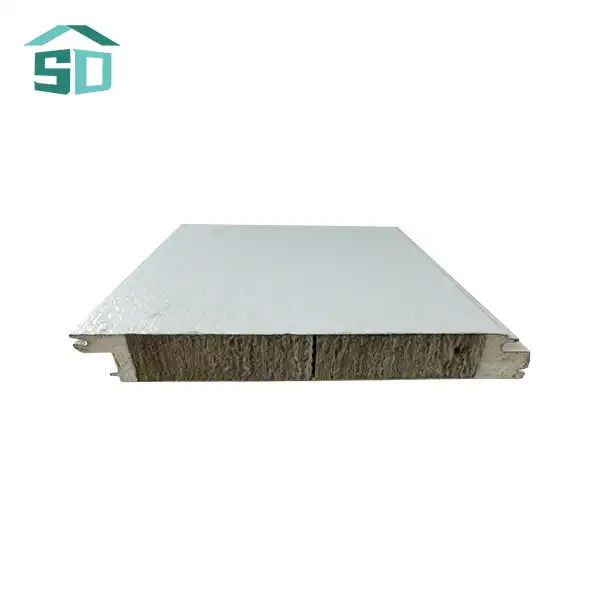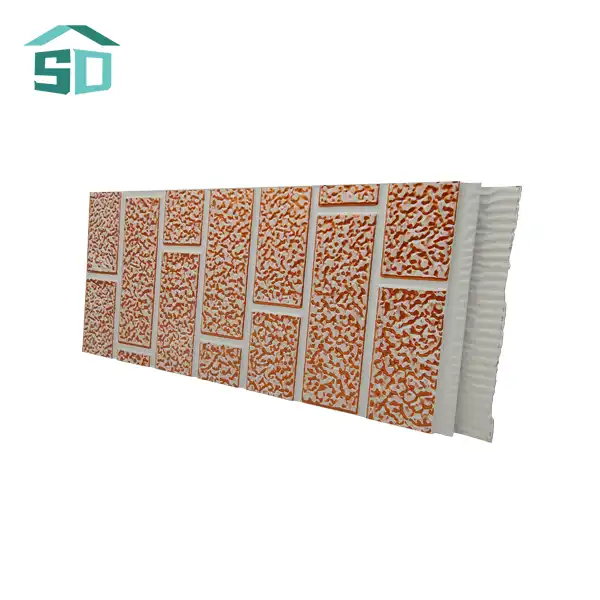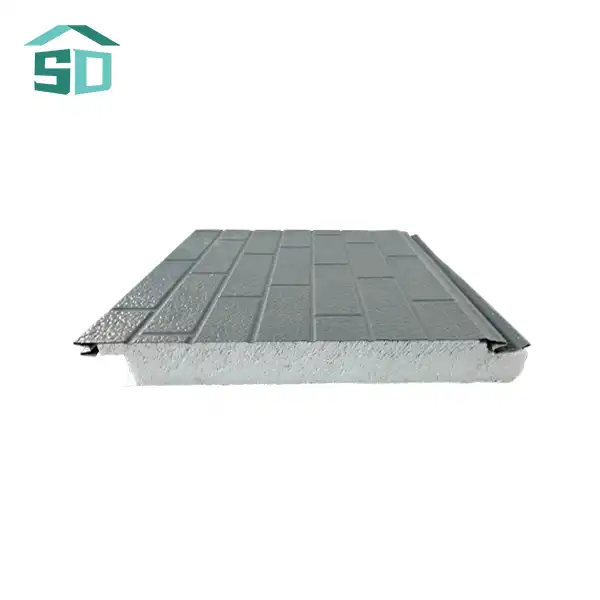- English
- French
- German
- Portuguese
- Spanish
- Russian
- Japanese
- Korean
- Arabic
- Greek
- German
- Turkish
- Italian
- Danish
- Romanian
- Indonesian
- Czech
- Afrikaans
- Swedish
- Polish
- Basque
- Catalan
- Esperanto
- Hindi
- Lao
- Albanian
- Amharic
- Armenian
- Azerbaijani
- Belarusian
- Bengali
- Bosnian
- Bulgarian
- Cebuano
- Chichewa
- Corsican
- Croatian
- Dutch
- Estonian
- Filipino
- Finnish
- Frisian
- Galician
- Georgian
- Gujarati
- Haitian
- Hausa
- Hawaiian
- Hebrew
- Hmong
- Hungarian
- Icelandic
- Igbo
- Javanese
- Kannada
- Kazakh
- Khmer
- Kurdish
- Kyrgyz
- Latin
- Latvian
- Lithuanian
- Luxembou..
- Macedonian
- Malagasy
- Malay
- Malayalam
- Maltese
- Maori
- Marathi
- Mongolian
- Burmese
- Nepali
- Norwegian
- Pashto
- Persian
- Punjabi
- Serbian
- Sesotho
- Sinhala
- Slovak
- Slovenian
- Somali
- Samoan
- Scots Gaelic
- Shona
- Sindhi
- Sundanese
- Swahili
- Tajik
- Tamil
- Telugu
- Thai
- Ukrainian
- Urdu
- Uzbek
- Vietnamese
- Welsh
- Xhosa
- Yiddish
- Yoruba
- Zulu
What is PU insulation board?
Insulating a building is one of the most effective ways to improve its energy efficiency and overall comfort. When we talk about insulation materials, PU insulation boards frequently come up in conversations. But what exactly is a PU insulation board, and why has it gained such popularity in the construction world? As someone who has studied insulation extensively, I’ll break down what makes PU boards unique, their uses, and why they could be the right choice for your next project.
Understanding PU Insulation Board
What Does PU Stand For?
PU stands for Polyurethane, a versatile and durable polymer. In the context of insulation, PU insulation boards are made from rigid polyurethane foam, a material widely recognized for its excellent thermal insulation properties. The process of creating polyurethane foam involves the reaction of polyols and diisocyanates, resulting in a material that is both lightweight and extremely effective at resisting heat transfer.
Why is PU Insulation Effective?
One of the defining characteristics of PU insulation boards is their high R-value, which is a measure of thermal resistance. The higher the R-value, the better the material is at preventing heat transfer. PU insulation has one of the highest R-values among common insulation materials, which means it provides superior insulation while using a relatively thin layer. This efficiency in insulation is a key reason why PU boards are popular in both residential and commercial construction projects.
Key Properties of PU Insulation Boards
1. High Thermal Resistance
As I mentioned earlier, PU insulation boards are known for their excellent thermal resistance. This characteristic makes them ideal for climates where temperature control is crucial. Whether you're looking to keep the heat out during the summer or retain warmth in the winter, PU insulation can help maintain stable indoor temperatures.
2. Lightweight Yet Strong
Despite its strong insulating properties, polyurethane foam is surprisingly lightweight. This feature makes PU insulation boards easy to handle and install. Moreover, their lightweight nature does not compromise their structural integrity, meaning they can be used in a variety of construction applications without adding unnecessary weight to the building.
3. Moisture and Weather Resistance
One of the concerns with many insulation materials is their susceptibility to moisture. However, PU insulation boards are naturally resistant to water, reducing the risk of mold and mildew growth. Additionally, PU boards can withstand various weather conditions, making them a reliable choice for outdoor applications, such as roofing or wall insulation.
4. Fire Retardant Qualities
Safety is another significant consideration in building materials, and PU insulation boards don’t disappoint in this regard. Many PU boards are treated with fire-retardant chemicals, ensuring they meet building codes and safety standards. This feature adds an extra layer of protection, particularly in buildings where fire safety is a priority.
Applications of PU Insulation Boards
1. Residential and Commercial Buildings
PU insulation boards are commonly used in both residential and commercial construction. They can be installed in walls, roofs, and floors to provide effective insulation throughout the building. In addition to their thermal benefits, PU boards also contribute to soundproofing, enhancing the overall comfort of the indoor environment.
2. Refrigeration Units
Another significant application of PU insulation boards is in refrigeration. Due to their ability to resist heat transfer, PU boards are frequently used in the construction of refrigerated units and cold storage facilities. They help maintain the necessary low temperatures while reducing energy consumption, which is critical for businesses that rely on refrigeration.
3. Industrial Applications
In industrial settings, PU insulation boards are used to insulate pipes, tanks, and other equipment. Their thermal resistance ensures that the machinery operates efficiently by minimizing heat loss. This application is particularly beneficial in industries where energy savings can translate into significant cost reductions.
Environmental Impact of PU Insulation Boards
The Sustainability Debate
When considering any building material, the environmental impact is an important factor. Polyurethane is derived from petroleum-based products, which raises concerns about its sustainability. However, it’s essential to balance these concerns with the energy savings that PU insulation boards offer over their lifespan. By improving a building's energy efficiency, PU insulation boards can significantly reduce the overall carbon footprint of a structure.
Recycling and Disposal
Another issue to consider is the recyclability of PU insulation boards. While polyurethane foam is not as easily recyclable as some other materials, efforts are being made to improve recycling methods. For example, some manufacturers are exploring ways to break down polyurethane foam into its base components for reuse in new products. Furthermore, proper disposal and recycling practices can help minimize the environmental impact of PU insulation boards at the end of their life cycle.
How to Install PU Insulation Boards
DIY vs. Professional Installation
If you're considering using PU insulation boards in your project, you may wonder whether to install them yourself or hire a professional. While PU boards are relatively easy to handle due to their lightweight nature, proper installation is key to ensuring their effectiveness. If you're experienced with DIY home improvement projects, you might find installing PU boards manageable. However, for larger or more complex installations, it’s often best to hire a professional to ensure the job is done right.
Common Installation Methods
PU insulation boards can be installed using a variety of methods depending on the application. They are typically cut to size and affixed to the building structure using adhesives or mechanical fasteners. In some cases, they can be used in combination with other insulation materials to achieve even higher R-values.
Conclusion: Is PU Insulation Board Right for Your Project?
In conclusion, PU insulation boards are an excellent choice for anyone seeking a high-performance, durable, and versatile insulation material. Their combination of thermal resistance, moisture resistance, and fire safety makes them suitable for a wide range of applications, from residential homes to industrial settings. As I’ve explored the various properties and uses of PU insulation, it’s clear that they offer both short-term and long-term benefits for energy efficiency and comfort.
While there are some environmental concerns related to the production and disposal of polyurethane, the energy savings they provide over their lifespan often outweigh these issues. If you’re looking for a cost-effective and reliable insulation solution, PU insulation boards are certainly worth considering.
References
Polyurethane Foam Association – What is Polyurethane?
Insulation for Energy Efficiency – U.S. Department of Energy
Fire Safety and PU Insulation – NFPA
Environmental Impact of Polyurethane – Green Building Advisor
Polyurethane in Refrigeration – Industrial Insulation Guide
